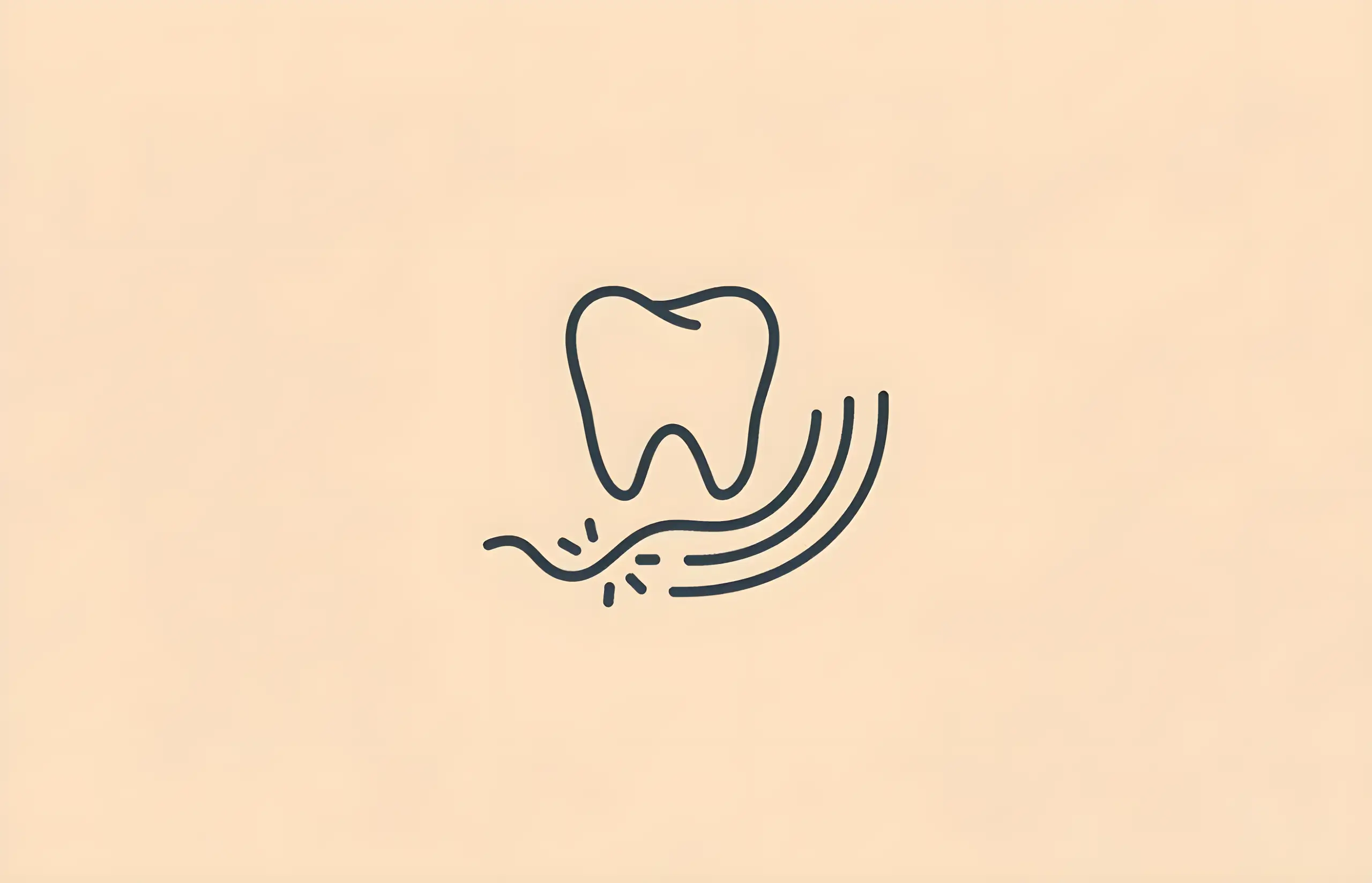Have you noticed gum inflammation or a bit of blood when you floss? These are signs of a common but easily cured gum disease: gingivitis.
Gingivitis occurs when gums are inflamed, swollen, and tender, often due to a bacterial infection. People who do not adhere to the recommended daily tooth brushing and flossing regimen are likely to suffer from this condition, as plaque will slowly build up between their teeth and gums. Keep in mind, though, that gum disease is easily treatable and, when caught early, will not cause lasting harm.
As with any gum disease, the early stages are the most important. Here are some gingivitis symptoms:
- Swollen or red gums
- Bleeding at the gum line when flossing
- Sensitive teeth or gums
- Bad breath
Causes of Gingivitis
Gingivitis is usually caused by plaque building up between the tooth's root and the gum. However, a multitude of things can influence the likelihood of developing gingivitis, including:
- Genetic predisposition
- Pregnancy
- Diabetes
- Malnutrition
- Certain Medication
- Wearing dentures or other dental appliances
Plaque occurs naturally. Every time we eat, bacteria naturally accumulate on the surface of our teeth. However, if this is not removed through proper teeth brushing, flossing, and dental hygiene, it can turn into tartar.
Tartar is harder and can push further into your gums, irritating them and causing swelling. This is why your gums are sensitive or bleed when flossing. If left untreated, the tartar can lead to infection, resulting in periodontitis and tooth loss.
Is it Contagious?
Many people wonder if gingivitis is contagious. This may be because it's a very common condition, with over 45% of adults having some form of gum disease. While gingivitis can be spread through swapping bacteria, it also needs a host, such as plaque or tartar, to take hold. So, while gingivitis could technically spread and be considered contagious, getting gum disease from someone else is not really something to be concerned about.
Gingivitis must have plaque or tartar to take hold in the mouth. If you shared a fork with someone with gum disease, you might end up with some of their bacteria. However, if you have good dental hygiene, the bacteria will have nothing to grasp onto and will not be able to hang around.
Another reason why some people wonder "is gum disease contagious" is because it often does run in families. However, that's unlikely to be due to them sharing a glass of water at dinner. Instead, people who are in a relationship and share germs often have similar hygiene habits. So, pay attention to the common gingivitis symptoms to see if two or more people within your family may have this gum disease. It is most likely due to your similar habits, not the fact you shared a spoon.
If you find many common symptoms, it is vital to combat gingivitis together by committing to care for your dental health. This could look like reminding each other to brush teeth after meals or sugary snacks, as well as encouraging each other to floss. By following these suggestions, you can help to ensure you and your family's oral health.
Treatment
Treating gingivitis is simple when caught early. To begin, always consult your dentist for the best way to manage your particular case. But, regardless of how far your gingivitis has progressed, brushing your teeth and flossing every day is essential to treating this gum disease.
To treat gingivitis, your dentist or dental hygienist will remove all plaque and tartar. This will often be uncomfortable, especially if you have gum inflammation. This procedure, called scaling, involves using tools to scrape and scoop all the plaque and tartar from your teeth and gums. Tartar can have sunk below the gum line, meaning this can get slightly painful if your dentist has to dig around.
If you have crooked teeth, multiple crowns, or odd dental appliances, this process may take more time and attention due to the extra nooks and crannies plaque and tartar may be hiding in. Lasers are becoming more popular in the treatment of gingivitis as well, as they can target and clean the plaque directly, resulting in less discomfort.
If gingivitis is not treated, it could lead to periodontitis, which requires much lengthier and intensive treatments. These include antibiotics, surgery, root planing, and even tissue grafts if needed.
Prevention
Preventing gingivitis can play a part in improving your overall mental and physical health. To avoid plaque and tartar build-up, here are some tips to follow:
- Brush for two minutes, twice per day
- Floss at least once per day
- Use mouthwash before bed
- Schedule regular checkups with your dentist
Dental health is vital to our overall health. Learning how to care for your mouth and teeth properly is often taught at a young age. So, make sure children understand how to brush and floss their teeth. This can lead to a lifetime of healthy, beautiful smiles.
Sources and References
- [1]
-
[2]
Patient-reported understanding and dentist-reported management of periodontal diseases - a survey: do you know what gum disease is?British Dental Journal (PubMed Central)https://pmc.ncbi.nlm.nih.gov/articles/PMC10374438/
-
[3]
Routine scale and polish for periodontal health in adultsCochrane Database of Systematic Reviews (PubMed Central)https://pmc.ncbi.nlm.nih.gov/articles/PMC6516960/
-
[4]
Efficacy of flossing and mouth rinsing regimens on plaque and gingivitis: a randomized clinical trialBMC Oral Health (PubMed Central)https://pmc.ncbi.nlm.nih.gov/articles/PMC10837857/
-
[5]
Gingivitis as a risk factor in periodontal diseaseJournal of Clinical Periodontologyhttps://pubmed.ncbi.nlm.nih.gov/19432625/
All sources accessed and verified on . Medical information reviewed for accuracy and compliance with current guidelines.
Related Articles
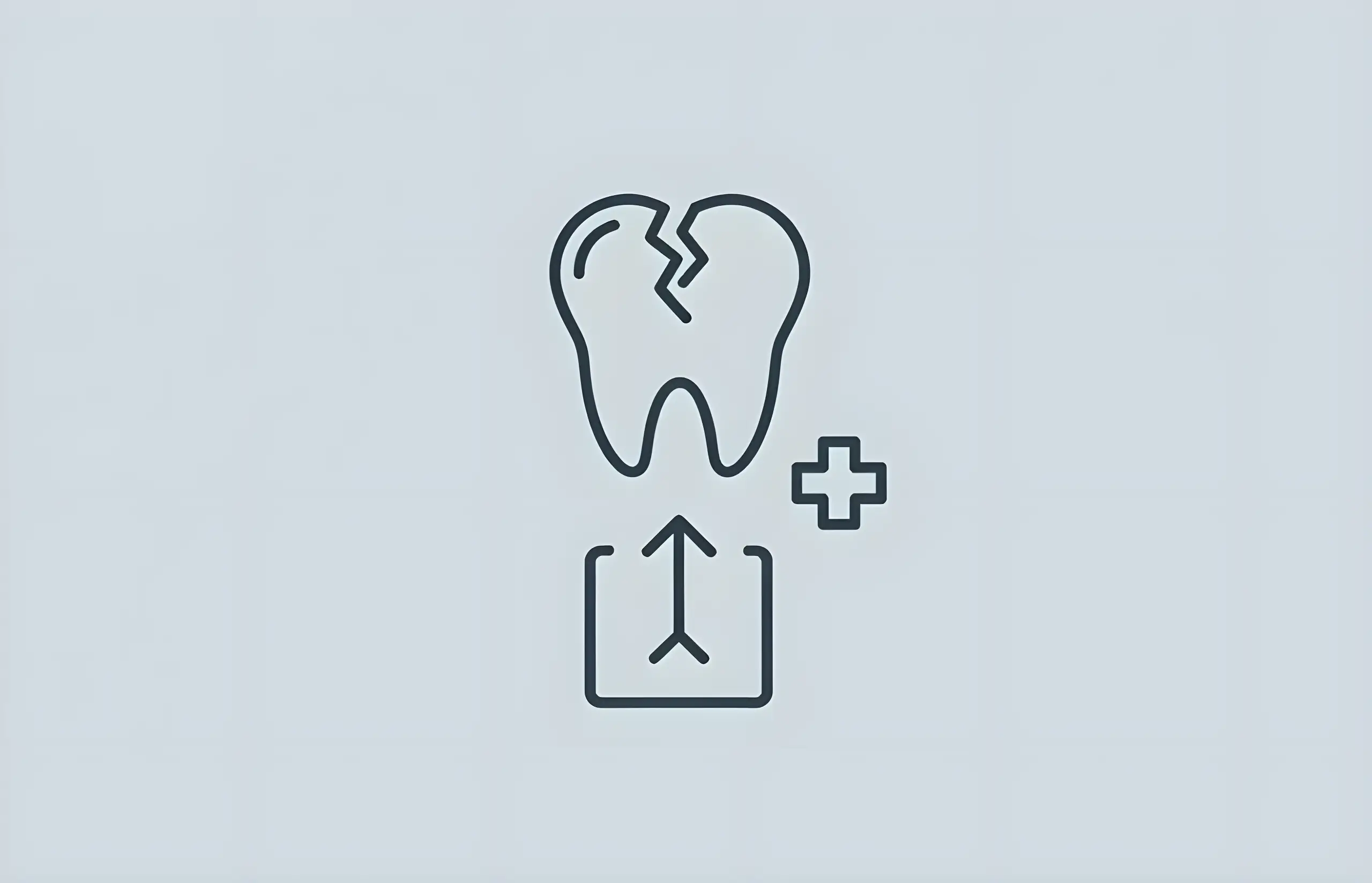
What To Do If You Have A Broken Molar
Understanding why molars break, recognizing symptoms from chips to severe fractures, and knowing when to seek urgent dental treatment

Diastema: How To Fix Gaps In Teeth
Comprehensive guide to diastema causes, types (midline and mandibular), prevalence in children (41.75%), treatment options including braces, veneers, composite bonding, frenectomy, and clinical outcomes
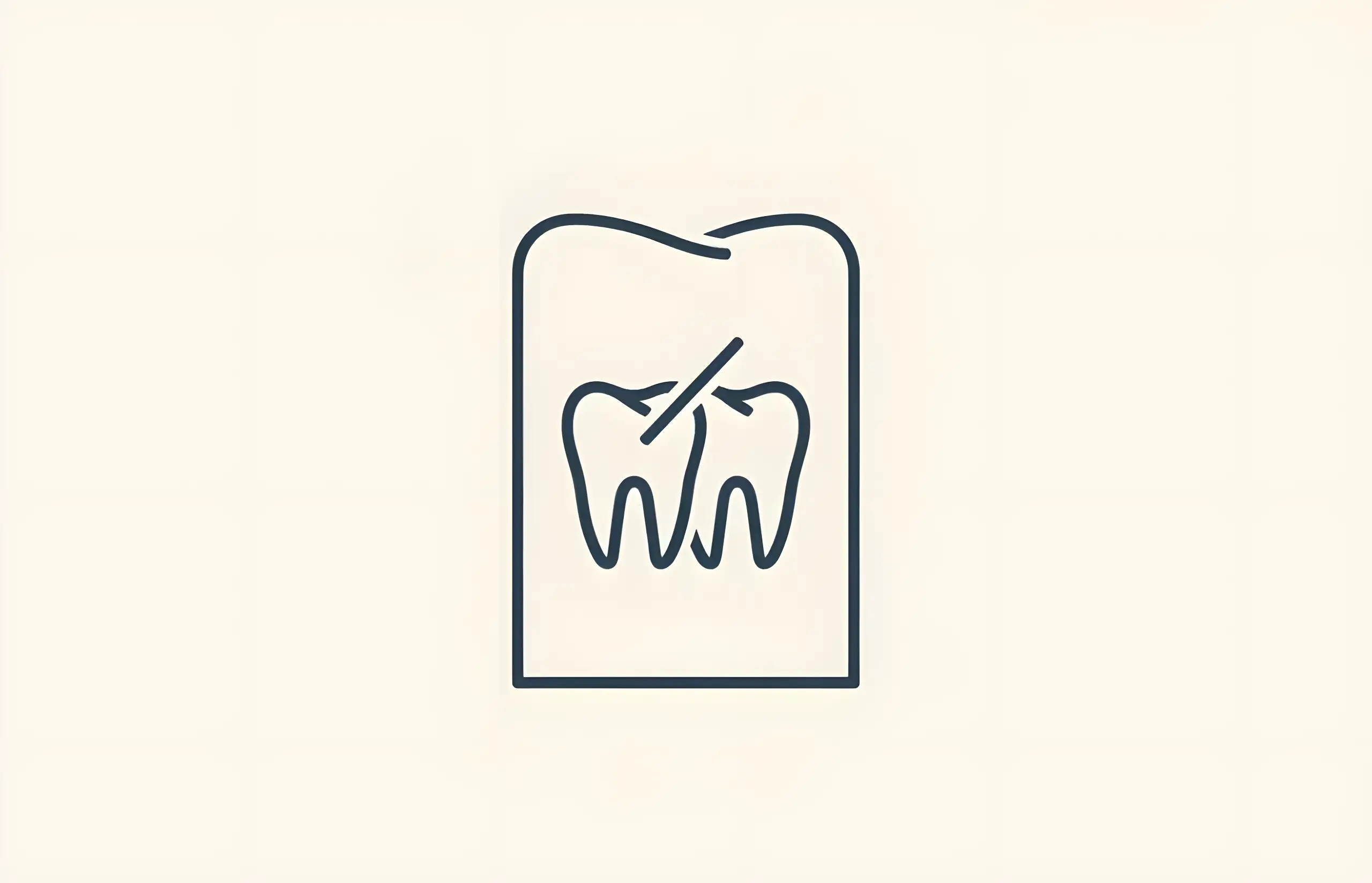
How to Fix a Crooked Tooth
Comprehensive guide to fixing a single crooked tooth, including treatment options, costs, and reasons to seek correction
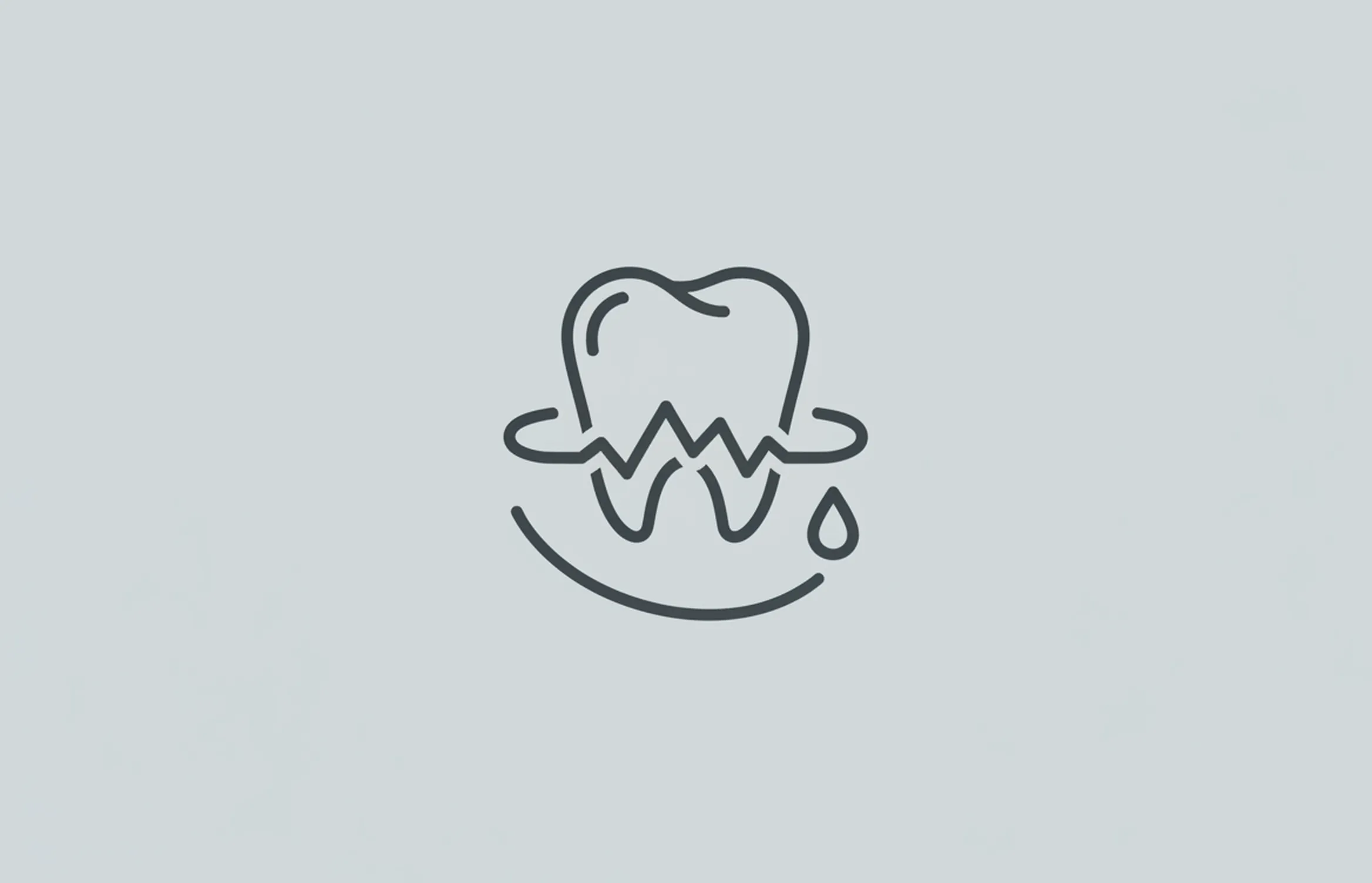
How To Treat Gingivitis
Learn effective treatments for gingivitis including home care strategies, proper oral hygiene techniques, and prevention methods to restore gum health

What is the Cost to Repair Chipped, Cracked, or Broken Teeth?
Comprehensive guide to tooth damage repair costs in the UK: NHS Band 1 (£22.70) for minor chips, Band 2 (£62.10) for fillings/root canals, Band 3 (£269.30) for crowns/veneers, with treatment success rates and prevention strategies
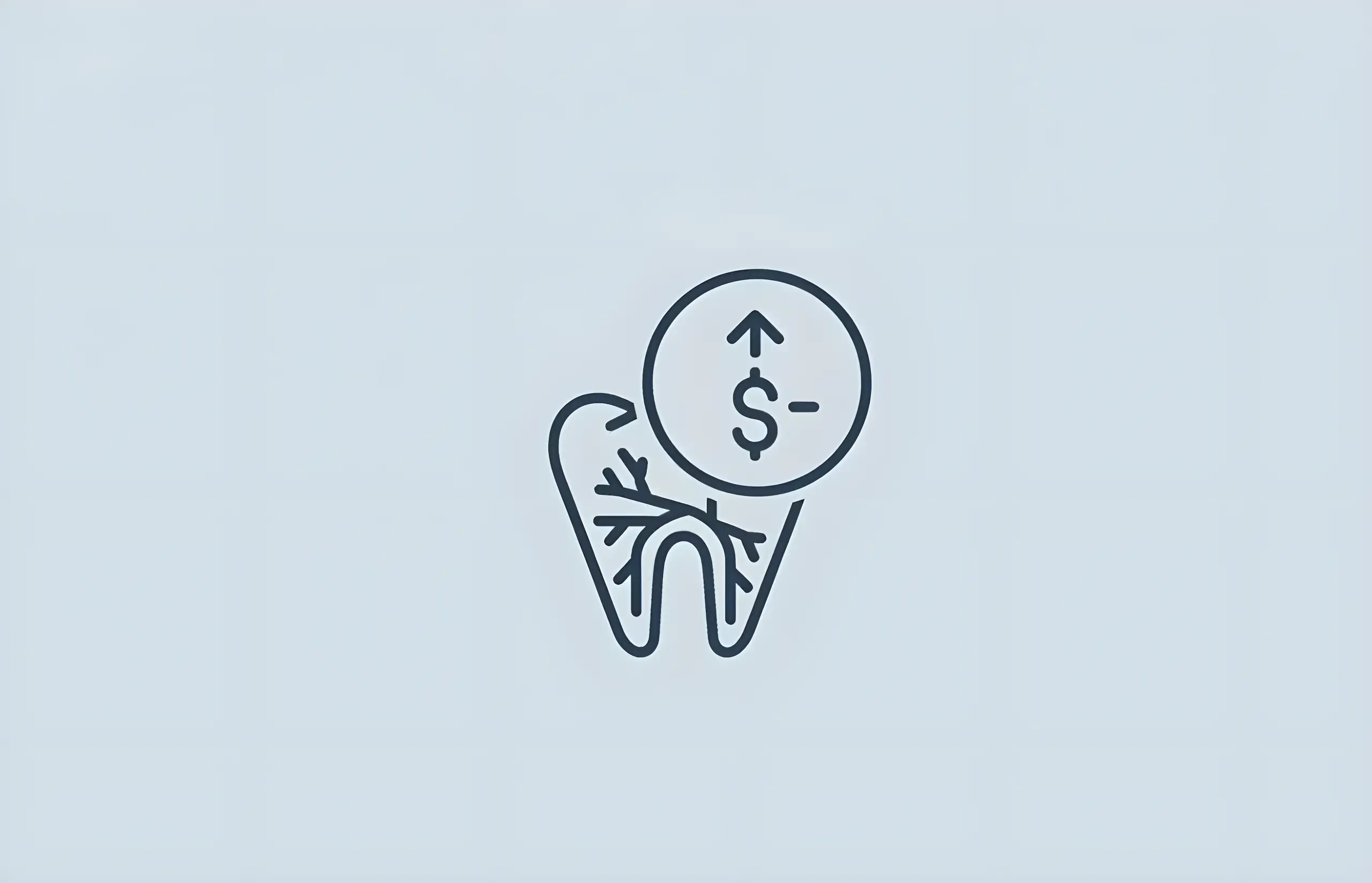
Root Canal Treatment – Costs and Information
Comprehensive guide to root canal treatment including what it is, the procedure, costs in the UK (NHS and private), and who needs endodontic therapy

How Much Does Teeth Cleaning Cost?
Comprehensive guide to teeth cleaning costs in the UK, NHS pricing bands, scale and polish procedures, dental hygiene benefits, and professional teeth cleaning information

How Much Does A Tooth Extraction Cost?
Understanding the costs, procedures, and benefits of tooth extraction in the UK
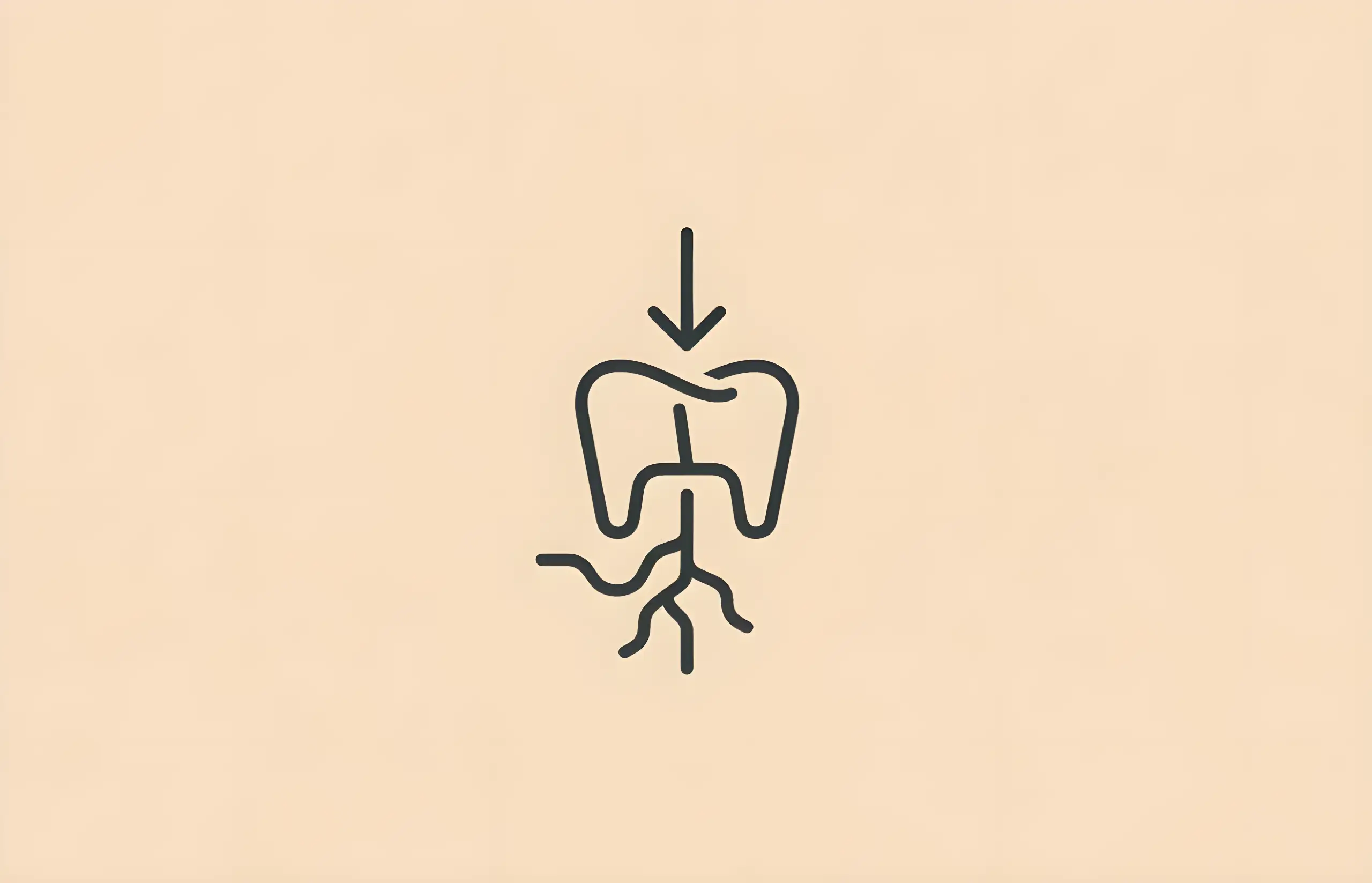
What Causes Teeth to Shift in Adults?
Understanding age-related tooth movement, poor habits, and treatment options to maintain dental alignment in adulthood

What Causes Crooked Teeth?
Understanding the genetic, environmental, and developmental factors that lead to misaligned teeth and available treatment options

What is a Crossbite?
Learn about crossbite malocclusion including types (anterior and posterior), hereditary causes, childhood factors like thumb-sucking, treatment options, and potential complications
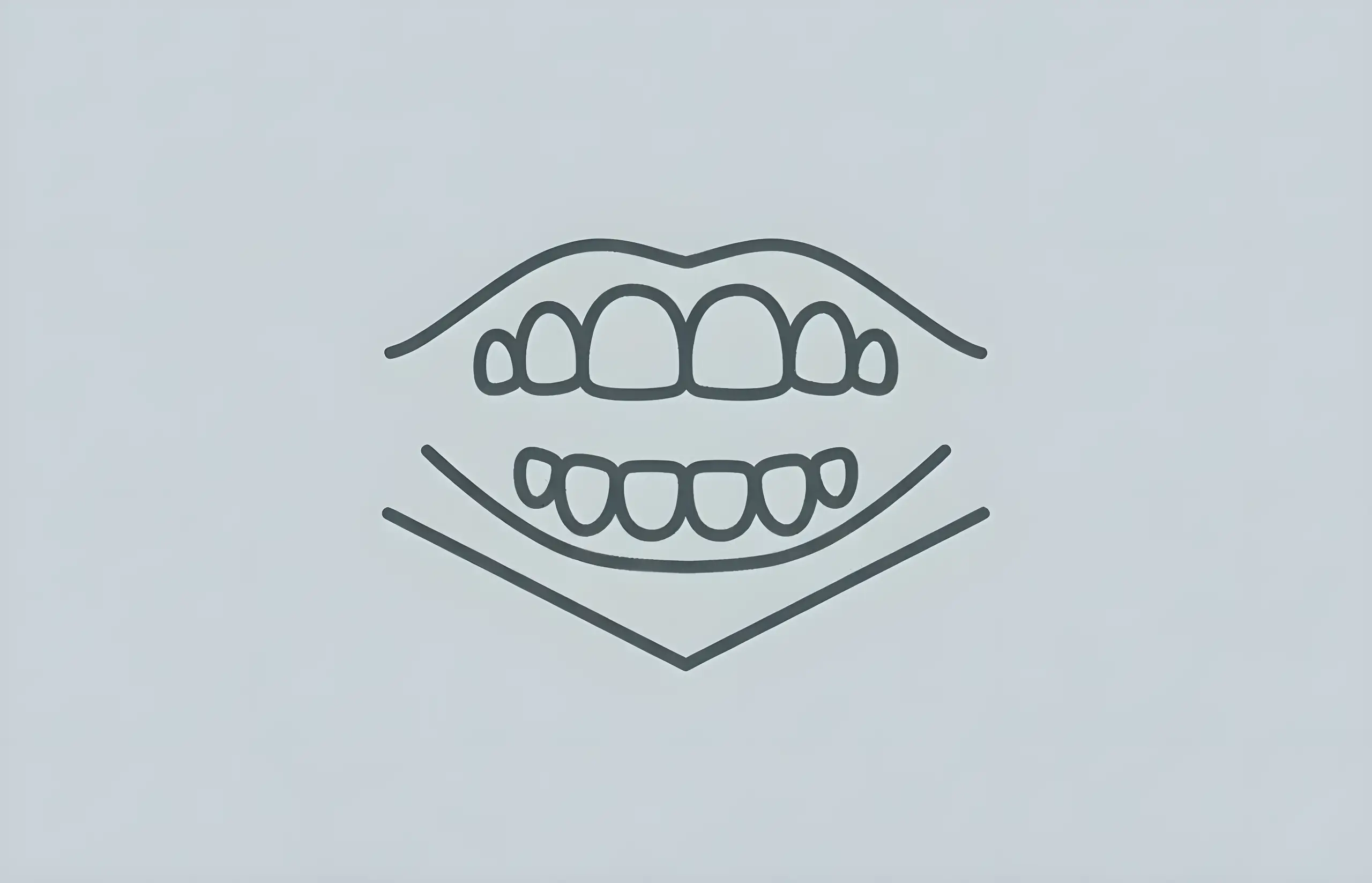
What Is An Open Bite?
Understanding anterior and posterior open bite malocclusion including causes, treatment options from braces to surgery, and functional impacts on speech and eating

What Is Teeth Contouring?
Understanding dental contouring (enameloplasty) - a quick cosmetic procedure to reshape teeth by removing enamel for a straighter, more polished smile
About The Dental Guide
The Dental Guide is a trusted online resource providing evidence-based information about dental health, treatments, and procedures. Our content is created and reviewed by qualified dental professionals to help you make informed decisions about your oral health.
Our Mission
- Evidence-based dental information
- Expert-reviewed content
- Clear, accessible explanations
- Latest treatment options
- Patient-focused guidance
Editorial Standards
- GDC-registered dental professionals
- Peer-reviewed sources
- Regular content updates
- Medical accuracy verification
- Transparent authorship
Important Notice
The information on The Dental Guide is for educational purposes only and should not replace professional dental advice. Always consult with a qualified dentist for diagnosis and treatment recommendations tailored to your individual needs and circumstances.
Medically Reviewed
Reviewed by Dr. Nasim Mechoui , BDS (Bristol)
Share this article
Comments & Discussion
Have questions about dental implants? Share your thoughts or experiences.
